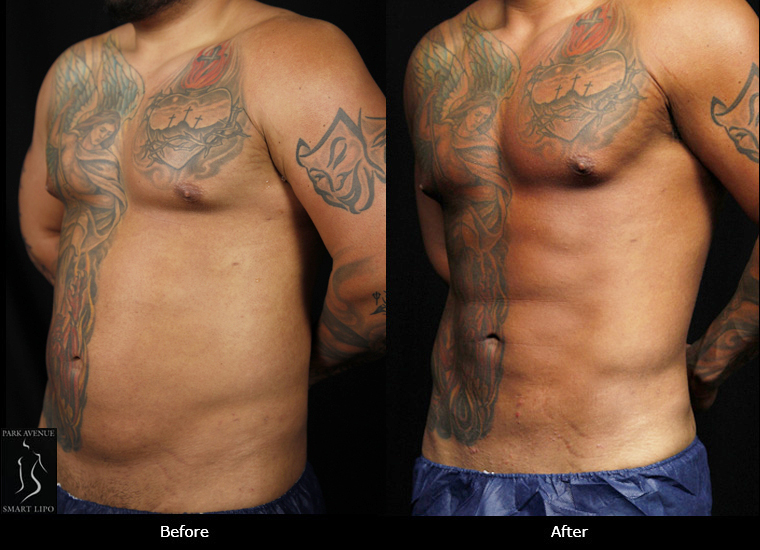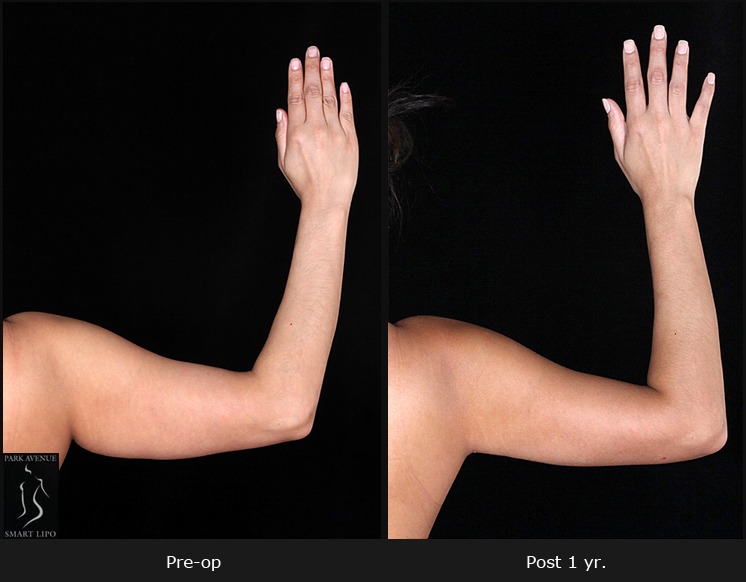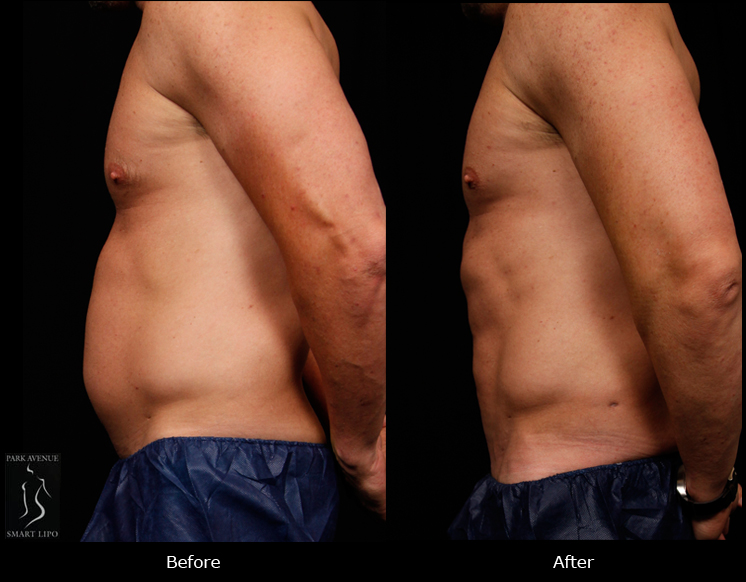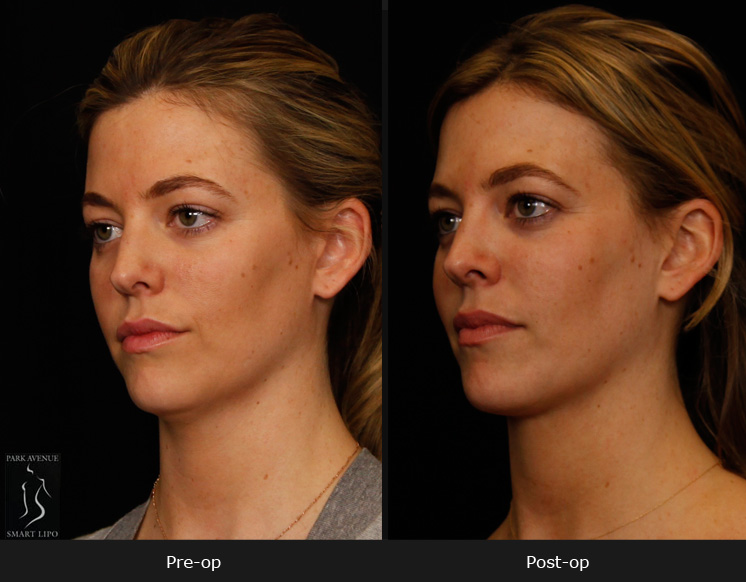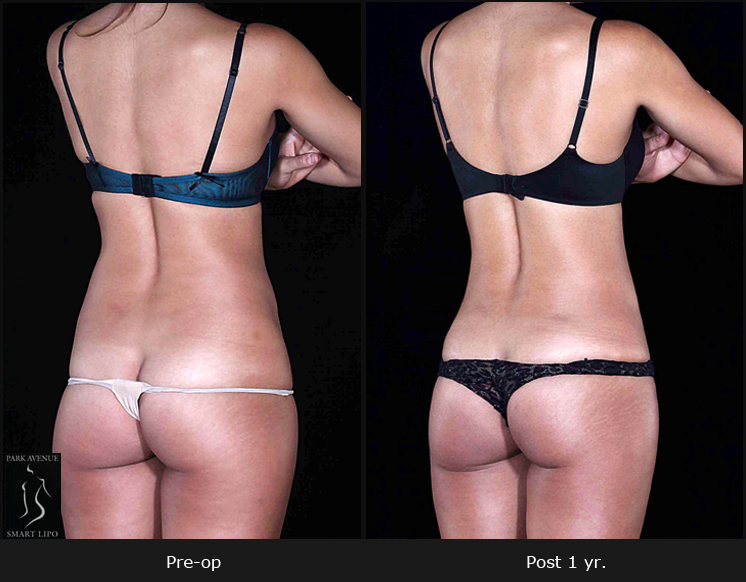Primary liposuction itself needs the skill and expertise of a qualified surgeon specialized in the procedure, and secondary liposuction is always more challenging. Not all individuals get the desired results with the primary procedure and some others complain about imperfections, which is why they may consider a secondary treatment. Established plastic surgery facilities in NYC offer personalized secondary lipo procedures to help people get the desired attractive outcome. A secondary procedure needs utmost precision to correct the flaws with the initial treatment. A more aesthetic eye is needed to better the contour irregularities not achieved in the primary surgery. That is why choosing the right surgeon is so important.
Of course, high-tech tools and surgical techniques are necessary for achieving good aesthetic outcomes. Laser-assisted liposuction using Smartlipo has the advantage of creating a slightly gentler wounding process but the experience of a surgeon is most important. A good surgeon will know how to optimally wound the tissue and understand how tissues heal when performing lipo, both of which are instrumental in achieving the right outcome. He would approach the procedure with comprehensive pre-operative planning and meticulous surgical expertise. It is often emotionally challenging for the candidates to undergo a second procedure when they had less than desirable results with the first one. So making them emotionally stable, improving their confidence, and making them approach the treatment with realistic expectations are the other challenges.
When too little or too much fat removal, asymmetric results, visible irregularities, and inappropriate blending with the surrounding body and scarring bother you, a secondary lipo can help. If the concern is too little fat removal, additional lipo can be performed and fat grafting helps in cases where too much fat was removed. Inner thighs, triceps, and buttocks are among the more challenging areas when it comes to revision liposuction.
Normally, revision liposuction is done only six months after the initial liposuction procedure, when you can see the final results of the initial treatment. That is the time when you can consult a good surgeon to discuss the flaws and the betterment you require. He would perform a comprehensive evaluation to learn if you are the right candidate with realistic expectations. You should be in good health to undergo another treatment and close to your ideal body weight. The surgeon would assess the skin type, the integument, your age and location of the fat, and the ability of the skin to contract based on which a personalized treatment plan is set up. Just like the initial treatment, following a healthy lifestyle after the surgery is important to maintain the results for long.
The surgeon’s skill, experience, and attention to detail are the primary elements to get a successful outcome in a revision liposuction. So choose the right liposuction surgeon in NYC who has excellent expertise in providing this revision surgery.

